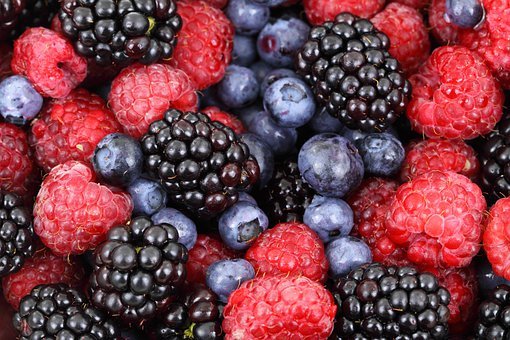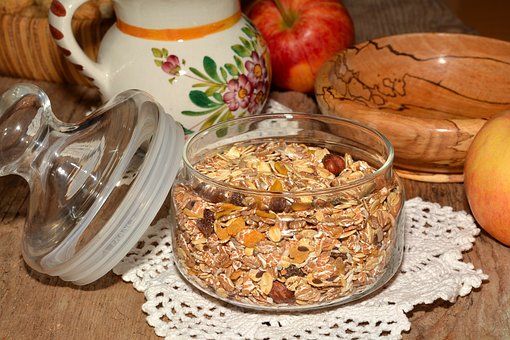Physical Address
304 North Cardinal St.
Dorchester Center, MA 02124
Physical Address
304 North Cardinal St.
Dorchester Center, MA 02124
It appears that certain foods are good for maintaining healthy blood pressure. Take into consideration making the foods listed below a regular part of your diet.
Leafy greens
According to the findings of a recent study involving over 53,000 adults, eating one cup of raw leafy greens or half a cup of cooked greens daily may help lower systolic blood pressure and reduce the risk of cardiovascular disease. The researchers attribute this to the nitrates found in leafy greens.
Nitric oxide is produced when nitrates are broken down by the body to become nitrates. Nitric oxide helps blood vessels relax and expand, which in turn improves blood flow and lowers blood pressure.
Included in the category of beneficial leafy greens are:
Berries
Consuming berries have been linked to a lower risk of cardiovascular disease, and blueberries in particular have the potential to both lower blood pressure and improve the function of blood vessels.
Anthocyanins are plant compounds that give foods a blue, purple, or red hue. Researchers believe that anthocyanins play a significant role in the heart benefits that berries provide.

Red beets
Red beets, much like dark leafy greens, have high concentrations of nitrates.
According to the findings of several studies, the consumption of beetroot juice is associated with a decrease in blood pressure in individuals who are either healthy or who have prehypertension, hypertension, or both. It’s possible that eating beets will provide similar benefits.
Skim milk and yogurt
The production of skim milk involves separating the fat from whole milk. According to several studies, drinking skims milk may lower the likelihood of developing high blood pressure. It’s possible that calcium, potassium, or one of the other nutrients, like protein, is to blame for this.
It’s also possible that people who consume dairy products with a lower fat content live healthier lifestyles overall. In adults, having a high dairy intake, specifically in the form of yogurt, is associated with a 10% lower risk of developing hypertension.
However, this is most likely not due to the yogurt itself but rather to the fact that people who consume yogurt tend to consume diets that are healthier and better for the heart.
Oatmeal
Oats are well known for their high fiber content, particularly a type of fiber known as beta-glucan, which research suggests may assist in the reduction of hypertension.
Studies have shown that individuals with hypertension who include oats in their diet can significantly lower both their systolic and diastolic blood pressures.
According to the findings of one study, doing so resulted in a reduction of 7.5 mm Hg in systolic blood pressure and 5.5 mm Hg in diastolic blood pressure.

Bananas
Bananas are famous for the high levels of potassium that they contain; the amount of potassium that is provided by a medium-sized fruit is equivalent to approximately 9 percent of the daily potassium intake that is recommended.
Potassium aids in the management of hypertension by lowering sodium levels in the body and reducing blood vessel wall tension. This is achieved through a two-pronged strategy.
However, if you have kidney illness, your body may be less able to eliminate extra potassium. Before attempting to ingest additional potassium, you should consult your healthcare professional if this is the case.
Salmon and various other types of fatty fish
There is some evidence to suggest that individuals in certain populations may benefit from a reduction in their blood pressure if they consume salmon and other fatty fish. Although the exact mechanism behind this transformation is unknown, scientists believe that omega-3 fatty acids found in fish, particularly docosahexaenoic acid (DHA), are to blame for it.
Because there is conflicting evidence regarding the efficacy of fish-oil supplements, it is in your best interest to consume fish such as salmon, sardines, Atlantic mackerel, and lake trout rather than taking these supplements.
Seeds
Because they are rich in potassium, magnesium, and fiber, seeds like flaxseed, sunflower seeds, and pumpkin seeds may be able to assist in lowering blood pressure. If you want to get the most out of the seeds, pick ones that aren’t salted.
Chocolate with a dark hue
It has been shown that eating dark chocolate can help lower high blood pressure. Flavanols are compounds found in cocoa that researchers believe stimulate the production of nitric oxide, which relaxes blood vessels and lowers blood pressure.
Pistachios
Pistachios are an excellent source of fiber, protein from plants, magnesium, potassium, and healthy fats, all of which are beneficial to the cardiovascular system. This synergistic effect may be what allows nuts to help lower blood pressure.
The systolic blood pressure of adults who consumed 10 percent of their daily calorie intake from pistachios dropped by 4.8 mm Hg, according to the findings of one small study. Pistachios contain a little more than a quarter of a cup’s worth of calories, which means that 10 percent of your daily calorie intake is equivalent to eating these nuts.
Pomegranate
There is some evidence that drinking pomegranate juice can help reduce both the systolic and diastolic levels of blood pressure. It would appear that the fruit can lower the amount of activity produced by angiotensin-converting enzymes (ACE). Because it constricts blood vessels, ACE contributes to an increase in blood pressure.
Extra-virgin olive oil
The least processed type of olive oil is called extra-virgin olive oil. One study concluded that consuming extra-virgin olive oil helps to lower blood pressure because it contains high levels of oleic acid, which is a type of fatty acid, in addition to polyphenol, which is an antioxidant.